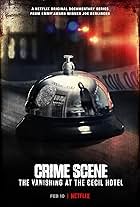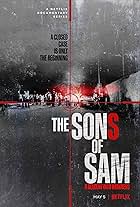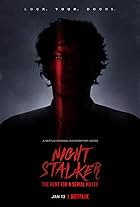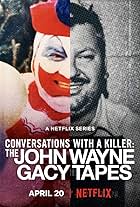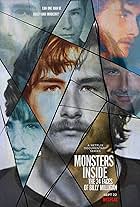By 1980, the sex district attached to Times Square had grown from 42nd street to Central Park and extended as far south as 35th street. At dusk, young women clad in silk dresses and heels invaded the bars in the luxury hotels of Midtown, and walked up and down Avenue of the Americas, looking for tricks. The sex trade changed as it got closer to Times Square itself, devolving into kiosks selling hard porn newspaper, live sex shows, on premises sex clubs, and "touch joints" where men paid to interact with the performers.
In the years after the pill and before the AIDS epidemic, every major city had a Times Square, but no place (not even tolerant Mitchell Brothers San Francisco) was like that area of NYC. It was the epicenter of sex and sex tourism, and one of the major attractions for adventurous couples and single men.
Into this Wild West atmosphere came a serial killer who was also a sexual sadist. However, in an area when rape was seldom prosecuted but prostitution was, it's impossible to know how many victims the killer had before he began mutilating the corpses and getting into the news. He kept killing, not until he was caught by police work, but until he was trying to murder a prostitute in a hotel. When she fought back, she was rescued by a hotel maid.
The circumstances of the man's capture by a victim and another woman say so much about criminal Justice, prostitution and men. While the murderer's male coworkers know there is something off about him, but do nothing, and the male cops fail to convict him in spite of the evidence, two women from the Pink Collar Ghetto catch him in the act.
It's the most interesting part of the case, and Joe Berlinger fails to highlight it. (Maybe that's why there should be more women making films about men who do violence to women).
The second most interesting part of the case is that the daughter of one of the killer's victim is pursuing a friendship with the murderer to help find out who his other victims are. It too is a trail that Berlinger doesn't follow. (I found out about it by reading an article in an NJ paper!)
Why are these points important? Because, in spite of the police in the film saying that the Wild West of Times Square ended with AIDS, at least 16 bodies of prostitutes have been found on Gilgo Beach, less than 40 miles from Times Square,
Women are still being murdered, and nothing seems to have changed in how the crimes are being investigated. Shouldn't that be the point of the series?
The series, which is drawn to the grisly and seedy parts of the original murders, fails to put either the killer or his victims into context. By treating them as "something that happened a lot during the 70s," it fails to understand sex crimes, sex criminals, prostitution or the way it is happening again.











